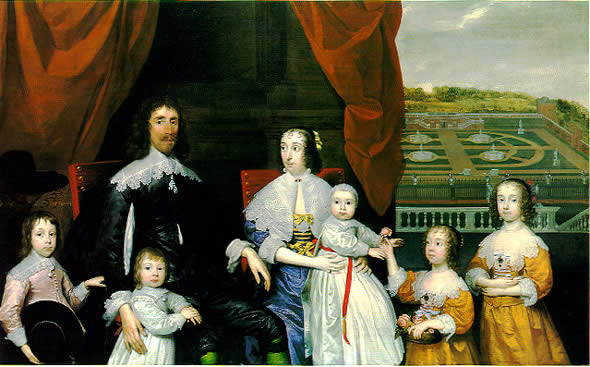One of the most fascinating aspects of history is the day-to-day minutiae of how people lived. You might be surprised by the following:

Samuel Pepys’s housekeeping bill was £7.00 per month. One penny bought a pound of cheese or three herrings, six pence bought a leg of beef or a lemon.

Catherine of Braganza, Charles II’s Portugese wife, is credited with making tea-drinking popular in England. Tea was generally considered to be a ladies’ drink and often consumed by the mistress of a house and her friends in her closet or bedchamber.

Shoes were designed to fit either foot. Women of quality wore beautifully embroidered shoes that were impractical in the filthy streets. Pattens had a wood and iron sole, often raised by as much as four inches, and were tied over the decorative slippers to lift the wearer above the mud.

A girl could be married when she was as young as twelve and a boy at fourteen. A marriage didn’t have to take place in a church and all that was required was to make a declaration.

Water ran under the streets of London in elm pipes from a reservoir in Islington. Subscribers paid six shillings a quarter to have a cistern in their cellar connected to the supply by a lead pipe. Water flowed into the cistern on two or three days a week. The less well off collected water from the public conduits.

78% of women were illiterate in the 1670’s but twenty years later this figure had shrunk to 52%. Quakers believed in women’s intellectual capabilities and eight year old girls who could read well at Mrs Makin’s school at Tottenham received instruction in Latin, French, Greek, Hebrew, Italian and Spanish.

Hackney carriages first became available in 1625 at the maypole in the Strand. By 1662 four hundred licenses, each costing £5.00, were granted and charges laid down of eighteen pence for the first hour and twelve pence thereafter. From the Inns of the Court to Westminster cost twelve pence.

During the Great Fire of London, the lead roof of St Paul’s cathedral melted and gushed out of the rain spouts, forming a molten river that flowed down Ludgate Hill.

Water was rarely safe to drink in the cities and ale or beer was the usual way to quench thirst. By the middle of the seventeenth century there were 50,000 alehouses in England, one for every hundred inhabitants.

Syphilis, known as ‘the great pox’ was common and the usual treatment was for the sufferer to be brought up to simmering point in a bath of mercury. If the mercury didn’t send the patient mad, the pox ate away his nose and made his hair fall out. Even if there had been an apparent cure, thirty years later the sufferer could become paralysed or demented.


Very nice article… Wish to see more in future.. Keep it up!!